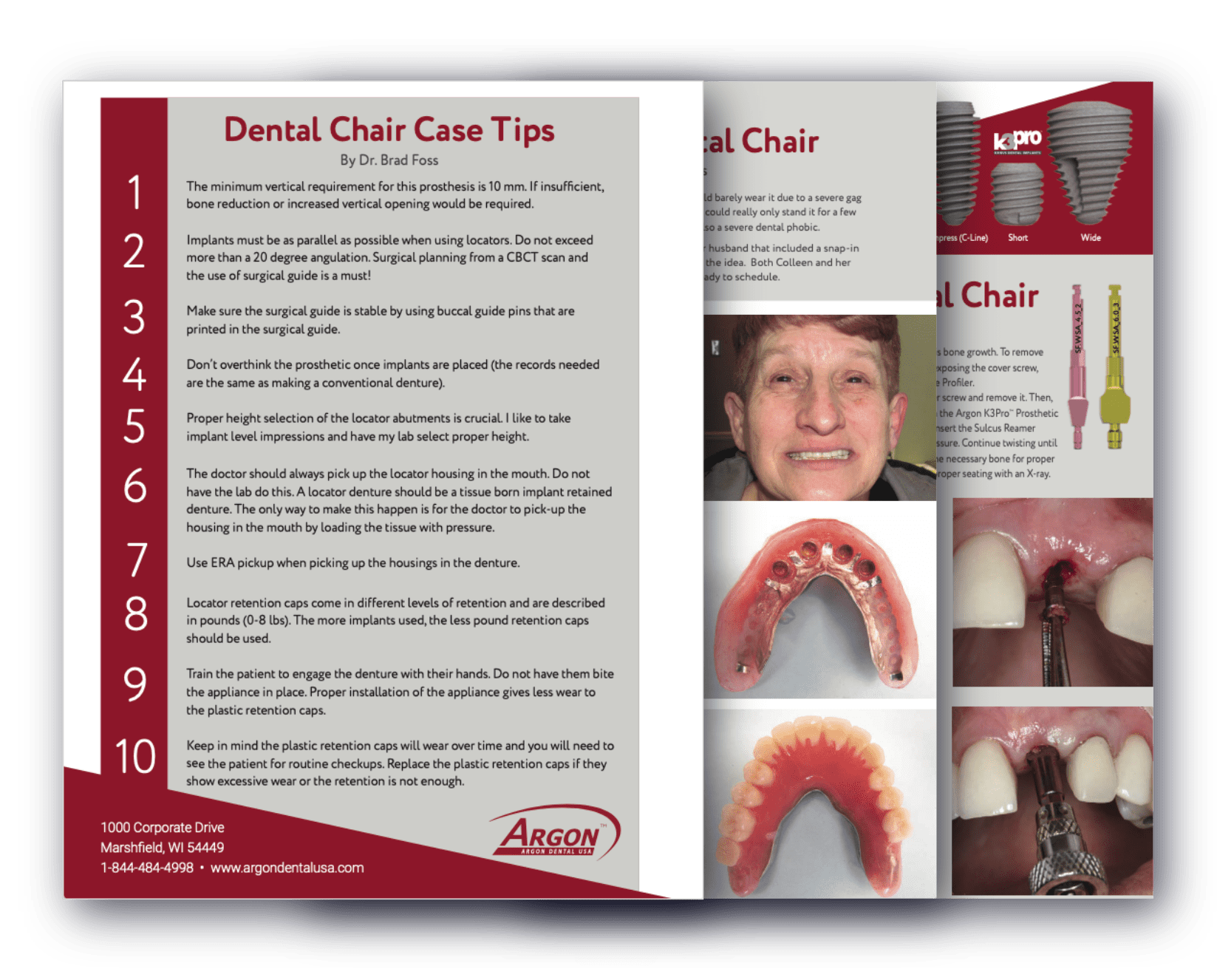5 Important Factors to Consider when Achieving Dental Osseointegration
Dental osseointegration is the primary goal in implant placement.
Osseointegration is the biophysical and biologic process that has made dental implant placement a predictable and effective solution for replacing missing teeth. It goes beyond the initial placement of the implant, to maintaining bone-to-implant connection, resulting in long-term implant stability.
The factors that researchers have found key to successful dental implant osseointegration include:
1. Utilizing biologically accordant materials such as a pure titanium to achieve dental osseointegration. Titanium does not trigger foreign body reactions as it is biologically inert, making it an ideal material for dental implants.1
2. Ensuring the implant surface is free of contamination and the implant placement site is free of disease and infections, achieving osseointegration.1
3. Performing an atraumatic insertion technique, minimizing heat damage to bone adjacent to the implant surface. This includes1:
i. Using Sharp drill bits
ii. Gradually increasing the width of the implant site following a graduated drilling process
iii. Actively cooling the drill bit during the drilling process – The goal is to avoid thermal damage which requires using sharp drills and limiting the temperature of the bone being cut, not to exceed 47° C (117°F) during implant site preparation1.
iv. Using very low speeds, high torque drill for tapping the implant site and inserting the implant
4. Ensuring a close approximation of the surface of the implant to the surrounding bone to achieve osseointegration. This includes1:
i. Precise implant site development and implant insertion – CBCT scans can be viewed using computer simulated software which allows the diagnosis and treatment planning process to be more accurate. Visualizing critical anatomic structures in all 3 coordinate axes allow one to identify superior to inferior, anterior to posterior and buccal to lingual locations. All these measurements are extremely important when determining if an implant can be placed and the exact location of the placement.
ii. Using a tap in dense cortical bone situations
5. Allow time for the biologic process of osseointegration to occur, delaying implant loading and the placing of the prosthetic.1
After an implant has successfully achieved osseointegration with the surrounding bone, its long-term success is dependent on biomechanical restorative factors, i.e. how the stresses imposed on a implant or the prosthetic unit(s) that are attached to the implant will be dispersed to preserve the osseointegration of the implant. Just like natural teeth, the load-bearing capacity of dental implants is qualified by several factors including size and number of implants, angulation and positioning of the implants, and the quality and volume of the implant-bone interface.
Reference:
1. James R. Hupp, DMD, MD, JD: Introduction to Implant Dentistry: A Student Guide
Journal of Oral and Maxillofacial Surgery, Feb.2017, Vol. 75, Supplement 2,1-100



